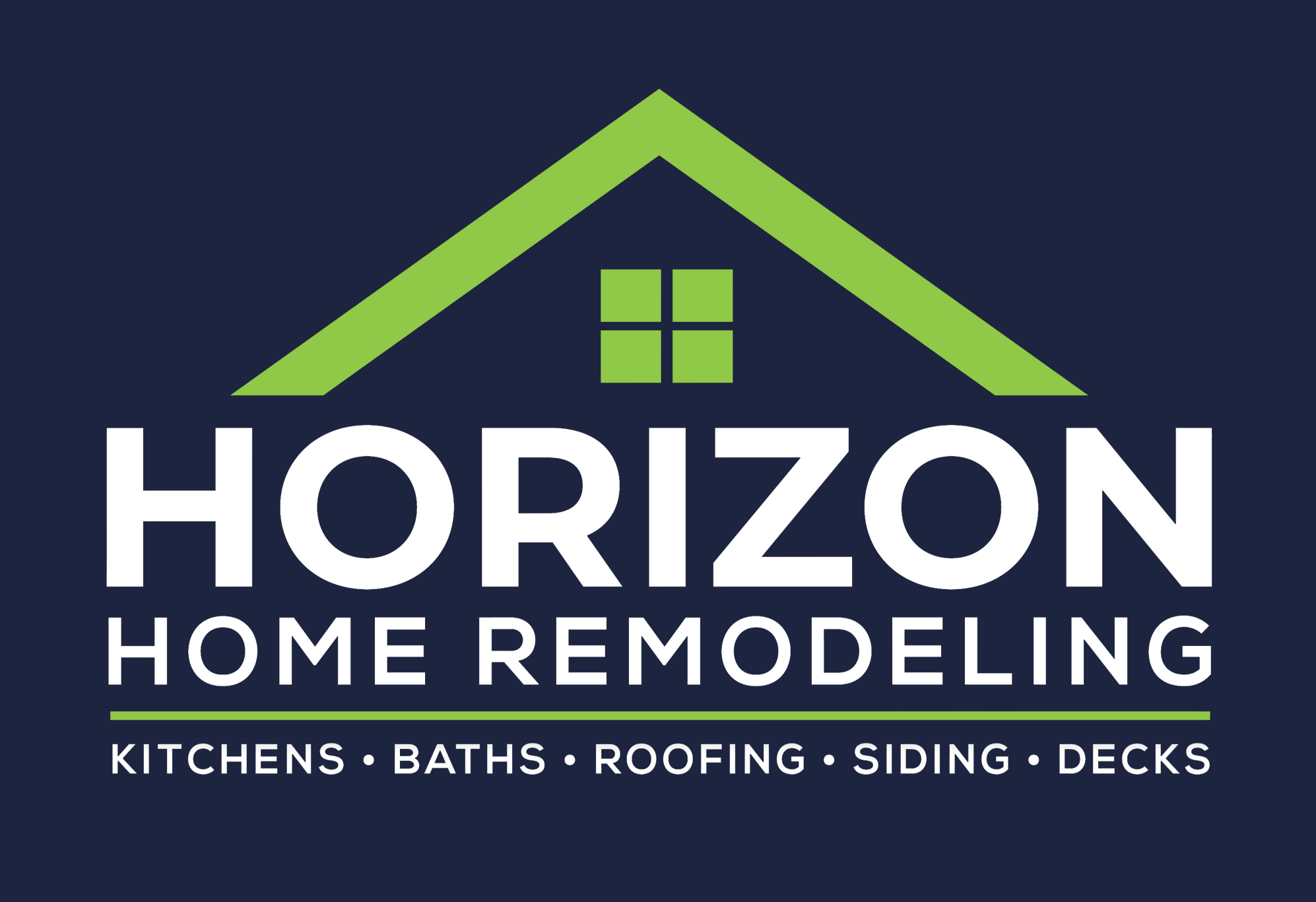When it comes to creating your perfect outdoor oasis, choosing the right decking material can be a daunting task. Homeowners often find themselves weighed down by the debate of composite versus traditional wood decking. Each option has its advantages and disadvantages, leading to a dilemma that blends aesthetics, maintenance, cost, and lifespan. This article aims to provide insights into both decking materials, helping you make an informed decision.
The Basics of Decking Materials
Before diving into the specifics of composite and wood decking, it’s essential to understand what each material is made of and how they differ fundamentally.
Traditional Wood Decking
Traditional wood decking is typically made from natural woods like cedar, redwood, or pressure-treated pine. Here are some characteristics:
- Aesthetic Appeal: Natural variations in color and grain provide unique beauty.
- Workability: Wood is easier to cut, shape, and nail down.
- Environmental Impact: When sourced sustainably, wood is biodegradable.
Composite Decking
Composite decking, on the other hand, is made from a blend of recycled plastic and wood fibers. Here’s what sets it apart:
- Durability: Highly resistant to weather, insects, and rot.
- Low Maintenance: Requires less upkeep compared to wood.
- Consistency: Available in a wide variety of colors and patterns.
Initial Costs vs. Long-Term Investment
Money is often the deciding factor in material selection. Let’s break down the initial costs and long-term investments for both types of decking.
Cost of Traditional Wood Decking
- Materials: Traditional wood decking can be less expensive upfront, averaging between $2 to $7 per square foot depending on the type of wood.
- Installation: Expect to pay $4 to $11 per square foot for professional installation, based on complexity.
- Maintenance Costs: Regular maintenance, including staining, sealing, and repairs, can add to the overall expenditure.
Cost of Composite Decking
- Materials: Composite decking often ranges from $4 to $10 per square foot, making it a moderate investment.
- Installation: Professional installation costs typically range from $6 to $15 per square foot.
- Long-Term Savings: Composite decking may save money over time due to its durability and lower maintenance needs.
Maintenance: The Hidden Costs
Maintaining your deck not only takes time but can also cause financial strain. Here’s how each material stands up:
Wood Maintenance
- Routine Care: Wood decks require regular cleaning, sealing, and staining.
- Lifespan: With appropriate maintenance, wooden decks can last 15 to 20 years.
- Repairs: Splintering and warping may require replacement of individual boards or sections.
Composite Maintenance
- Less Frequent Maintenance: Composite decks usually need just a wash with soap and water.
- Lifespan: They can last 25 years or more with minimal maintenance.
- Less Repair: Composite materials resist warping and splintering, reducing the need for repairs.
Environmental Considerations
The environmental impact of decking materials is increasingly important for many homeowners. Let’s take a closer look at how each option fares.
Wood Decking and Sustainability
- Sourcing: Sustainable wood comes from responsibly managed forests.
- Carbon Footprint: Wood naturally absorbs carbon dioxide, contributing to a reduced carbon footprint.
- End-of-Life: Wood is biodegradable and can be repurposed.
Composite Decking and Recycling
- Recycled Components: Many composite decks are made from recycled materials, reducing waste in landfills.
- Less Environmental Impact: Producing composite decking typically requires less energy than traditional wood.
- Durability and Longevity: The extended lifespan means fewer replacements, ultimately reducing resource consumption.
Aesthetics: Hues and Styles
The design and look of your deck play a crucial role in your home’s overall appearance. Let’s compare the aesthetic offerings.
Wood Aesthetic
- Natural Beauty: The grain and texture of wood create a warm, inviting atmosphere.
- Patina Over Time: Wood develops a unique patina as it ages, adding character.
- Customization: Easily customizable through staining and painting.
Composite Aesthetic
- Color Variety: Available in numerous styles and colors that mimic natural wood.
- Uniformity: Consistent appearance that doesn’t fade or change over time.
- Textured Finishes: Many composite options come with textured finishes, offering a wood-like feel.
Case Studies: Real-World Examples
To provide a more comprehensive understanding, let’s look at real-life examples of homeowners who faced the composite vs. wood dilemma.
Case Study 1: The Jones Family (Traditional Wood)
The Jones family opted for traditional cedar decking for their suburban home. They were drawn to the natural beauty and warmth of the wood. However, after three years, they faced issues with splintering and required a significant investment in sealing and staining to protect against the elements.
Case Study 2: The Smith Family (Composite)
The Smiths decided on a composite deck due to its minimal upkeep and durability. Five years later, they haven’t had to replace a single board. The deck requires only occasional washing to maintain its appearance, saving them both time and money.
Conclusion: Making Your Choice
Deciding between composite decking and traditional wood boils down to weighing the pros and cons of each option. Here are the key takeaways:
- Initial Costs vs. Long-Term Investment: Wood is often cheaper upfront but may incur significant maintenance costs over time.
- Maintenance Needs: Composite decking requires less upkeep, making it a better choice for busy families.
- Environmental Impact: Both options carry environmental considerations; wood can be sustainable if sourced responsibly, while composite decking utilizes recycled materials.
- Aesthetic Preferences: Choose based on aesthetic value—wood offers natural beauty, while composite provides consistency.
Ultimately, the choice between composite and traditional wood decking depends on your personal preferences, lifestyle, and budget. By evaluating these factors, you can pave the way to a beautiful and functional outdoor space that enhances your home for years to come.



